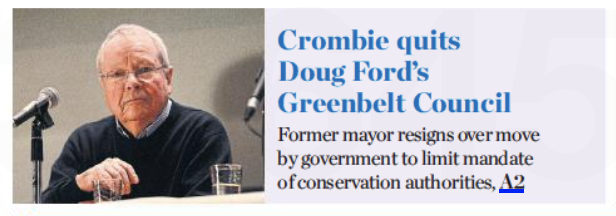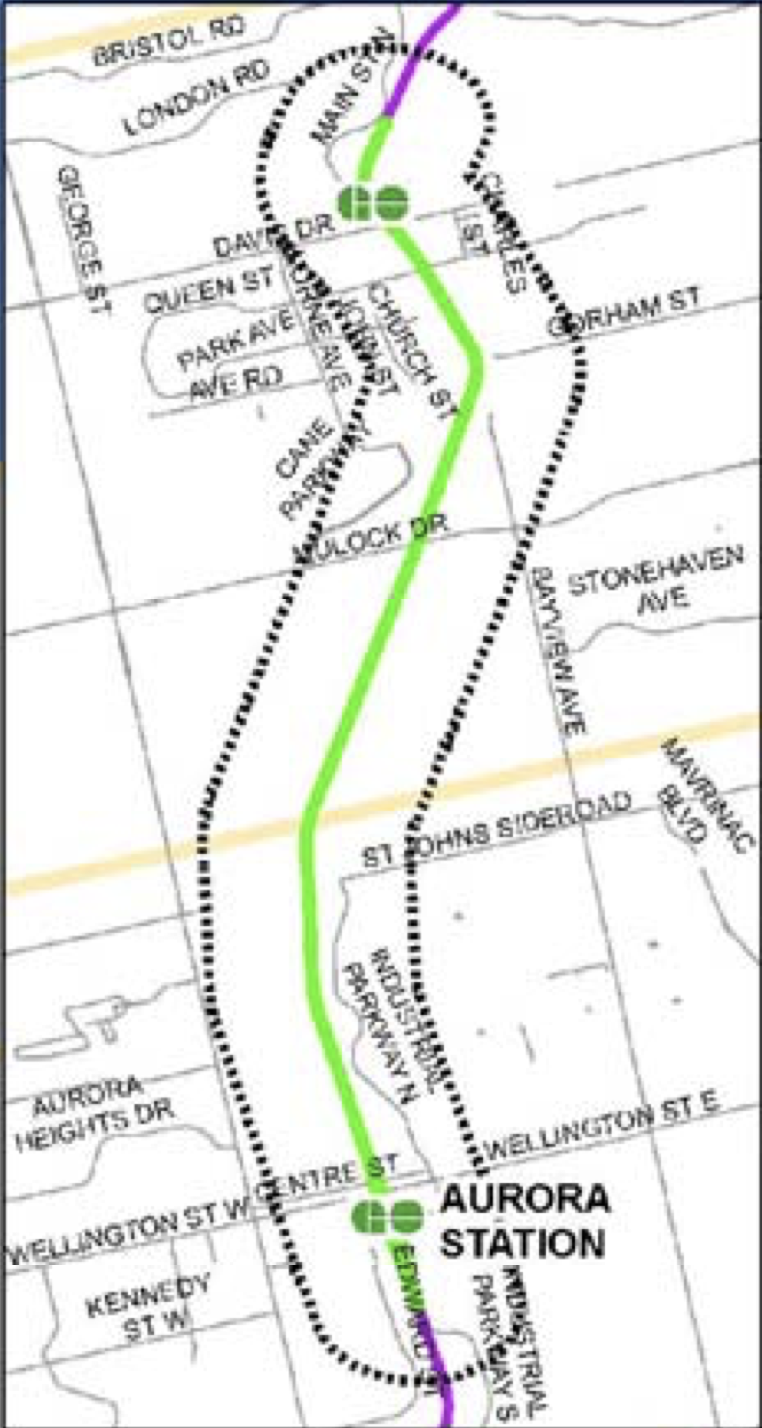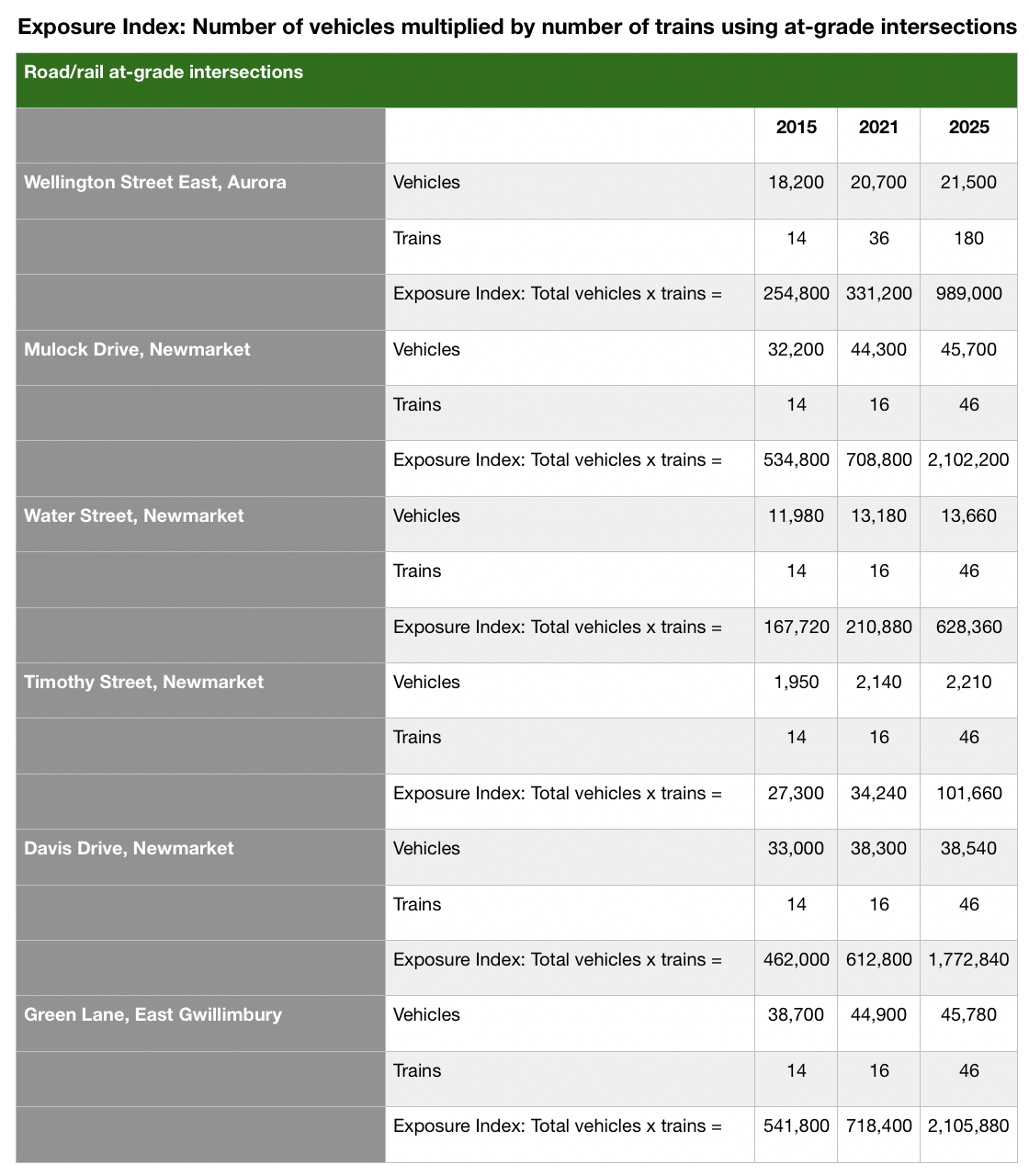- Details
- Written by Gordon Prentice
 If the UK fails to strike a trade deal with the EU chaos will follow.
If the UK fails to strike a trade deal with the EU chaos will follow.
Huge, snaking 10 mile-long tailbacks of trucks at Dover waiting for customs clearance will be the most visible consequence of a no deal. But there will be a million other downsides.
Such as the future of the UK itself.
Next May there are elections to the Scottish Parliament in Edinburgh which the Scottish Nationalists are widely expected to win. They will immediately press for another referendum on independence - which only the Westminster Parliament has powers to grant. But the Scottish Parliament could, perhaps, hold an "advisory" referendum.
Imagine the turmoil and turbulence that would unleash.
The UK will seal a deal with the EU. Or I shall eat my hat.
This email address is being protected from spambots. You need JavaScript enabled to view it.
From the Guardian: What will change from 1 January 2021
Update on 24 December 2020: From the Guardian: UK and EU agree Trade Deal and the timeline on Brexit.
- Details
- Written by Gordon Prentice
This afternoon (Monday 7 December 2020) at Queen’s Park Doug Ford is pressing ahead with plans to gut the powers of Conservation Authorities which play a key role in protecting the environment.
As I tap this out the Third Reading of Bill 229 is under way.
Ford and his Municipal Affairs Minister, Steve Clark, brushed aside the dramatic resignation of David Crombie as Chair of the Greenbelt Council on Saturday and the six further resignations yesterday.
Ford is using Schedule 6 of an omnibus Budget Bill to ram through changes which will fatally weaken the role of Conservation Authorities. Newmarket-Aurora’s former MPP, Chris Ballard, told Newmarket Today what is at stake.
"The proposed changes to the Conservation Authorities Act and Planning Act are included within the Ontario government’s budget bill (Bill 229, Schedule 6). The bill contains provisions, requested by developers, that will allow the accelerated destruction of wetlands, forests, wildlife habitat and natural spaces that offer Ontarians solace and help protect us from the growing effects of climate change."
Writing in Newmarket Today just a few hours ago, the Chair of York Region and Chair of the Lake Simcoe Region Conservation Authority, Wayne Emmerson, echoed Ballard's concerns:
"If the province proceeds with Schedule 6 in the omnibus budget bill, LSRCA will be forced to issue permits to allow for development, through minister's zoning orders (MZO), to proceed regardless of the impacts to the environment and our communities. This action will dismantle the very system put in place — since Hurricane Hazel in 1954 — to keep our communities healthy and out of harm’s way from flooding and other hazards created by poor land-use planning."
Government by fiat
The Bill will allow the Municipal Affairs Minster to extend the use of Ministerial Zoning Orders to approve developments, brushing aside the concerns of Conservation Authorities about, say, flooding risks. Under Ford, the use of these Ministerial Zoning Orders has skyrocketed.
The way in which the Bill is being railroaded through the Legislative Assembly is a disgrace. The Bill was referred to the Standing Committee on Finance and Economic Affairs ostensibly for line-by-line scrutiny yet, even now, during the Bill’s Third Reading, there are no transcripts available for the meetings on 30 November and on 1, 2 and 4 December 2020 telling us what happened. The Bill was amended in Committee but we, the great unwashed, have no idea who said what.
The Government insists the Greenbelt is protected
Ballard called on his readers to write to Christine Elliott, Ford’s Deputy, but does he seriously believe that will make any difference? When she talks about protecting the environment and the Greenbelt (which isn't very often) her support always seems tepid and qualified, a fairweather friend.
On 22 September 2008 during the second reading debate on the Lake Simcoe Protection Act she told MPPs:
"Nobody questions the need for the greenbelt, nobody is opposed to the idea of green space, but I think there has to be the science behind it, and there has to be the rationalization of those areas that are chosen for the greenbelt.”
Doug Ford famously planned to open up a big chunk of the Greenbelt to developers but then dropped the idea when his boasts were caught on tape.
This email address is being protected from spambots. You need JavaScript enabled to view it.
Update on 8 December 2020: Aurora's Mayor Tom Mrakas tells the Toronto Star: "This is not how you grow communities. This is how you ruin them."
Update on 10 December 2020: From the G&M: Experts fear more environmentally damaging developments.
- Details
- Written by Gordon Prentice
Our neighbour to the north, East Gwillimbury, is pressing the case for an all-day two-way 15-minute GO train service to the station at Green Lane. A faster and more frequent service would bring huge benefits to us here in Newmarket. We’d get the gold-plated service too. 
But are they just going through the motions? Or is there a serious chance of getting a 15-minute service within the next decade? At least some councillors there are pinning their hopes on Caroline Mulroney, the local MPP who is also the Province’s Minister of Transportation.
Metrolinx has today (Friday 27 November 2020) launched its third round of Public Consultation on the GO Expansion Program. For the next two weeks they are hosting a virtual Open House. But, to be clear, they are not consulting on the 15-minute service (that decision has been taken) but on other issues which can be linked to it.
Backstory: In 2011 Ontario’s Liberal Party announced ambitious plans to expand GO Train services across the network, dramatically cutting journey times for the traveling public. It took shape under Kathleen Wynne and Metrolinx, the regional transportation agency, is charged with making it all happen.
The Barrie line which runs through Newmarket is largely single track. To deliver the promised improved performance the entire length of the 63 mile corridor is to be twin tracked and electrified. But it won’t happen all at once. The work is to be done in stages.
Under Phase One (to be completed by 2027) a new all-day two-way service every 15 minutes would run from Toronto’s Union Station to Aurora.
Newmarket and all stations to the north would see a 30 minute service in peak periods and 60 minutes off-peak.
In June 2016 Metrolinx announced five new stations on the Barrie corridor including one at Mulock Drive in Newmarket. This was seriously good news.
Additional Funding
In August 2017 Metrolinx told us:
“As additional funding becomes available from the Province, the next phase(s) of the Project will include the second track between Aurora GO Station and Allandale waterfront GO Station and associated station upgrades.”
But when can we expect the second phase? The Province is silent.
Metrolinx’s virtual open house focusses on six elements of the GO Expansion program but two are particularly relevant to those of us who use the Barrie line:
- The new Track and Facilities Project which shows new trackwork from Aurora Go Rail Station to just north of Newmarket GO Rail Station at the Tannery. It is not clear to me if a second track is being laid. And if so, why. I've asked Metrolinx.**
- The Network-Wide Structures Project (Addendum to the Barrie Rail Corridor Expansion TPAP 2017) – which proposes grade separation at Wellington Street East in Aurora.
Grade Separation
On grade separation, Aurora is to get a new vehicle underpass at Wellington Street East. But busier roads in Newmarket have been put on the backburner.
Currently there are 54 at grade crossings along the length of the Barrie corridor. 
Decisions on separating road and rail traffic (via underpasses or overpasses) are guided by the number of trains and vehicles at any given at-grade intersection. To get the so-called “exposure index” you simply multiply the average daily number of vehicles by the number of trains. Anything over 200,000 warrants a grade separation.
The table shows Wellington Street East had an exposure index of 254,800 in 2015.
Yet Mulock Drive had an exposure index of 534,800 in 2015. And Davis Drive, 462,000.
There are no plans that I am aware of to have grade separation at Mulock Drive (one of the busiest roads in Town). On 8 March 2018 the Metrolinx Board abandoned grade separation which had previously been deemed essential.
“The feasibility of the Mulock station concept is contingent on the grade separation of Mulock Drive, with a multi-span bridge over both the rail corridor and the East Holland River.”
A grade separation at Davis Drive - a designated growth corridor - presents major engineering challenges.
The Newmarket GO Station lies 200 metres away from the east branch of the Holland River with a small tributary crossing the station itself before joining the main branch to the east of the rail corridor.
15-minute service needs grade separation
But without grade separation at Davis Drive there can never be an all-day two-way 15 minute service to the Newmarket GO Train Station at the Tannery.
Three years ago during the Metrolinx consultation on the Newmarket GO Rail Station at the Tannery we were told there would be no grade separation in the near term but there would be a "re-investigation" of this in 2031.
At the time I wrote:
“The barriers on the level crossing would be going up and down like a yo-yo all day long, causing huge traffic line-ups and making a mockery of the word "Rapidway"
I learn the rail tracks can't be put in a tunnel under Davis Drive because of the soil conditions. The GO Rail station sits in the middle of a flood plain. The alternative is to put the road over the railway but this would mean a new elevated Davis Drive from Main Street to Lundy's Lane. The Province has already spent a small fortune on the (Keith) Bridge at the Tannery so this idea is unlikely to be well received.”
In its Factsheet on grade separations Metrolinx explains:
“With GO Expansion, all-day 15-minute service could mean that a train will pass every 7.5 minutes – greatly increasing the number of interruptions at each road crossing.
By grade separating crossings, Metrolinx can safely increase travel speed and capacity on our roads and rail lines. Grade separations allow trains to freely pass over or under roads without the need for the road traffic to stop.”
Fast and Frequent to Aurora
The decision was likely taken to stop the 15-minute service at Aurora because of the huge expenditure required in Newmarket and East Gwillimbury to replace the existing level crossings with under and overpasses.
At the time, Newmarket-Aurora’s (then) MPP, Chris Ballard, tweeted
@lynngr Enhanced service coming to Newmarket. Need time to build a number of crossings in Newmarket before 15 min. service possible, though.
2.41PM – 17 Apr 2015
The question posed years ago has since been studiously ignored: when we can expect to get a 15 minute service in Newmarket?
Easing in to it
Typically, Newmarket-Aurora’s gradualist MP, Tony Van Bynen, believes we should just “ease into it”. As Mayor of Newmarket, he told the Council on 9 November 2015:
"In my own mind the difference between a 15 minute and 30 minute service doesn't change the world although I think eventually we'll need to get there. But I'd rather see us easing in to that, responding to the demand as we go forward."
East Gwillimbury is less patient. The Council has formally asked Metrolinx and the Ministry of Transportation to “proactively advance” plans to extend all-day two-way, 15 minute service to East Gwillimbury on the grounds that the Town is slated to grow to 150,000 people over the next thirty years, providing 75,000 jobs.
"A little bit up-in-the-air"
At their Council meeting on 22 September 2020 the Town’s General Manager of Community Infrastructure, Mike Molinari, made the case for getting rid of the level crossing at Green Lane. He wanted grade separation as part of the Phase One works.
“Currently it (grade separation) is on the books for GO Transit to do that work but the timing is still a little bit up in the air. But with the recommendation of Council we may be able to get that significant at grade crossing advanced a little bit sooner.”
Sounds like wishful thinking to me. But who knows?
In the meantime, it is critically important for the land that will be needed for future grade separations at Mulock Drive and Davis Drive to be adequately safeguarded.
If this small detail is overlooked it will be quite impossible to ease into a 15-minute service no matter what the demand. It will be gone for good.
This email address is being protected from spambots. You need JavaScript enabled to view it.
** Update on 29 November 2020: This is likely to be "passing track north of Aurora GO Station" as described here.
The video of the Council debate at East Gwillimbury on 22 September 2020 is here at 1.19pm. The agenda (see page 102) is here.
The Newmarket GO Station Mobility Hub Study (9 March 2018) is here.
- Details
- Written by Gordon Prentice
Walter Bauer, the excellent Green candidate in last year’s Federal election in Newmarket-Aurora, is disappointed he didn’t get an answer to the question he submitted to last Friday’s virtual Town Hall on the Environment. 
It was a star-studded line-up. The area’s Liberal MP, Tony Van Bynen, played host, selecting the questions, and the Minister of Environment and Climate Change, Jonathan Wilkinson, was the special guest. Newmarket Today tells us some Newmarket-Aurora residents were left unimpressed.
Cutting emissions
Walter was hoping for an answer to this:
Consistent with the Paris Agreement, the government has frequently stated, “Canada is on track to reduce our emission by 30% by 2030 compared to 2005 levels.”
Environment Canada’s regular publications indicate that under a best-case scenario Canada’s emissions by 2030 will only be 19% below 2005 levels.
Environment Canada’s best-case scenario does not include expansion of Alberta’s Oil Sands with the continued development of Trans Mountain, Keystone XL and Enbridge Line 3 pipelines, which are going to increase not decrease our GHG emissions.
A Net zero 2050 target is an empty promise given we cannot meet our 2030 target. Why is the government ignoring Environment Canada's data and worse, expanding Oil Sands production?
That’s a good question that gets to the heart of the matter. Will Canada meet the 2030 target or not?
It is difficult not to feel a sense of despair when we read stories about zombie oil wells in Alberta belching methane into the atmosphere in climate changing volumes.
Out of sight. Out of mind
And why is nothing being done about toxic tailings ponds leaking into Alberta’s rivers? (Photo above right)
My question (also not reached) was about Alberta’s oil sands where an environmental catastrophe is just around the corner.
“What contingency plans the Federal Government has to deal with the rupture/leakage of tailings pond dams in the Oil Sands which would release toxins into the Mackenzie and Athabasca river systems which discharge into the high Arctic, polluting the environment and threatening the health and well-being of indigenous peoples.”
After the Town Hall wraps up I write to Van Bynen asking him to forward my question to the Minister in the hope of a reply.
My request may disappear into Van Bynen’s waste paper basket (joining all the others) but who knows? He may pass it on.
It is conceivable that he, too, could be interested in the answer.
This email address is being protected from spambots. You need JavaScript enabled to view it.
Update on 19 November 2020: from the Globe and Mail: the Liberals' Climate Change Bill is underwhelming.
Page 99 of 286
